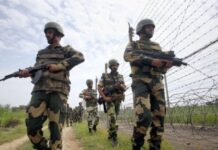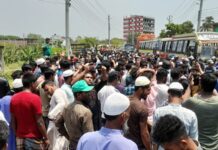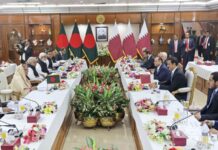Bangladesh-Malaysia-Turkey reported to be route to terror land; professionals to unemployed, rich to poor, university students to madrasa-goers are found to be on list of 262 missing people
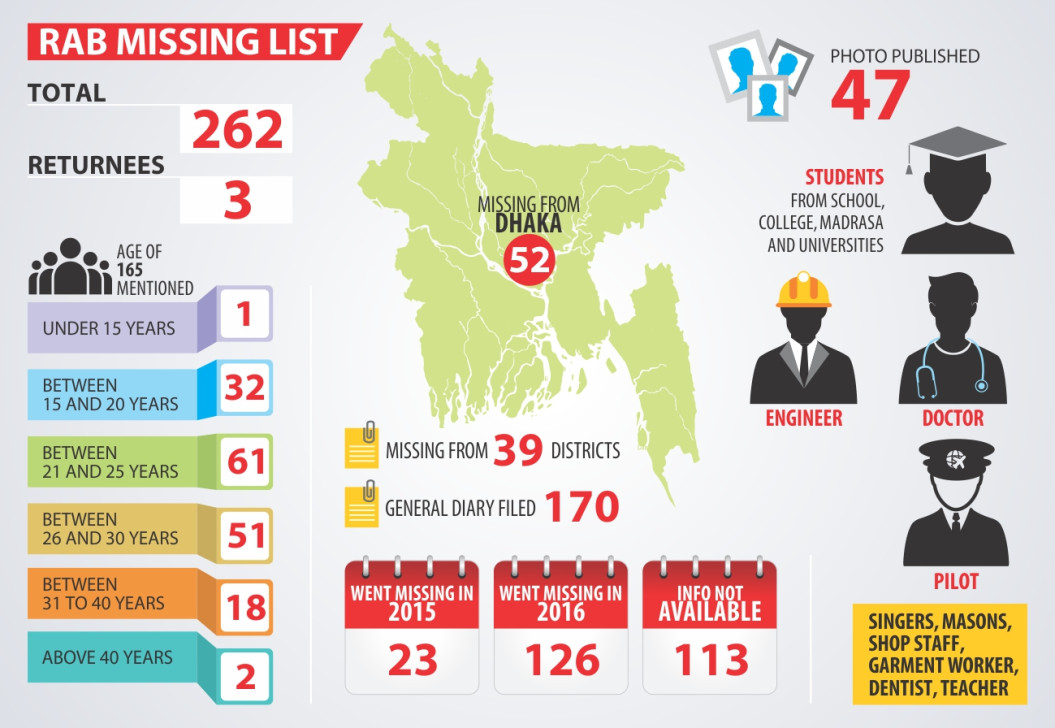
Some of the missing youths are believed to have flown to Malaysia first. They then travelled to Turkey and then mysteriously disappeared. Investigators suspect they are now in Syria, where terror group Islamic State controls a large swath of land.
The Daily Star has found at least six cases involving Malaysia.
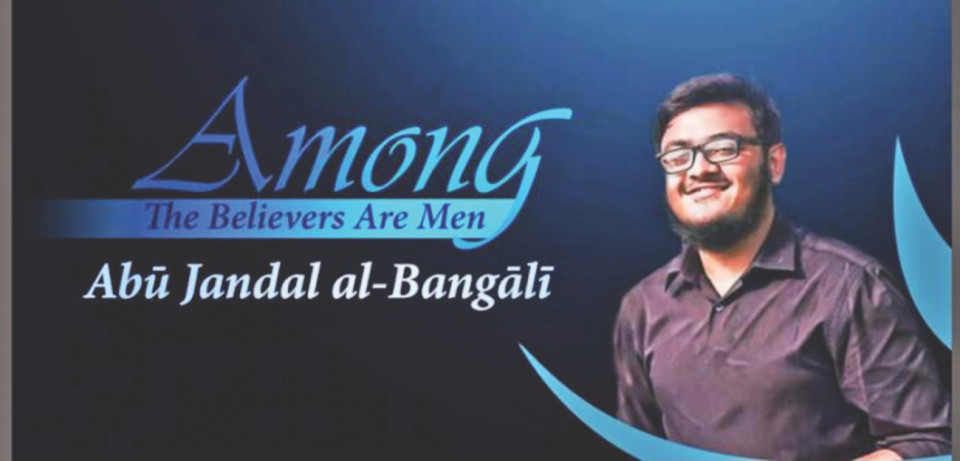
Nibras Islam and Rohan Imtiaz — two attackers of the Gulshan cafe — and Tawsif Hossain, a close friend of Nibras, went to Malaysia for higher studies at Monash University. They simply vanished after returning to the country.
Junnun Sikder, a student of a top private university, Nazibullah Ansari, a marine engineer, and Mohammad Basharuzzaman, a private jobholder, also went to Malaysia and remain traceless.
All of them are from well-to-do families and went to reputed schools and colleges.
Besides, a five-member family of Knondoker Rokonuddin, a paediatrician of a government hospital in the capital, left the country in July last year, telling relatives that they would visit Malaysia and other countries.
They are yet to return home, and law enforcers suspect that the whole family got radicalised and are in Syria now.
Soon after the July 1 Dhaka attack claimed by the IS, a group of three Bangladeshis were seen in a distressing video where they congratulated the deadliest terror attack and the first hostage situation in the country.
During the 12-hour siege, terrorists killed 20 hostages, 17 of them foreigners, and two police officers.
According to US-based SITE Intelligence that monitors jihadist activists, the video was released from Syria’s Raqqa, which IS controls and calls its capital.
The first person who appeared in the video was soon identified by friends and social media users as Tahmid Rahman Safi.
A signer, he is son of former home secretary and an election commissioner. He left home on April 23 last year for Malaysia, saying he was going on honeymoon with his newly wedded wife. But the travel agency from which he bought the air tickets told Tahmid’s parents that he went to Turkey.
Media outlets identified the two others in the video as Tawsif Hossain, a student at the IBA of Dhaka University, and Arafat Hossain Tushar, a dentist. Tushar was the son of late Maj Ak Azad.
Earlier, a Bangladeshi youth was reportedly killed in a battlefield in Syria. The youth, Ashequr Rahman, was a son of an army colonel who was killed in the BDR mutiny in 2009.
He is named as Abu Jandal Al Bangalee in Dabiq, the IS magazine.
WHY BECOME A RADICAL?
Muntasir Maruf, a psychiatrist, cited waning familial and social ties as one of the reasons behind radicalisation of youths.
“The lesson of what is right and wrong is not being taught from the family and society to a certain extent. As a result, these children could easily be motivated to do anything,” he told The Daily Star.
Children could be motivated to drugs or to radical ideologies at the same way, said Muntasir, an assistant professor of psychiatry department of Shaheed M Mansur Ali Medical College Hospital in Sirajganj.
Pointing to the education system, he said lack of extracurricular and cultural activities at the educational institutions make the students monotonous and they want something new.
Taking advantage of this, some may infuse negative ideologies into someone instead of positive things, he said.
THE MISSING FILES
Following the terror attacks in the upscale restaurant, Holey Artisan Bakery, in Gulshan and Sholakia Eidgah in Kishoreganj, the issue of missing youths came to the fore after the law enforcers released the photographs of the attackers.
All the attackers in Gulshan cafe and Sholakia had remained missing for several months before the attacks. The law enforcers then intensified their search for missing the youths.
As part of the efforts, the Rab released its list of 262 missing people, 52 of them from the capital.
Of the total, 126 vanished this year. The list mentions the age of 165 people — 112 of them aged between 21 and 30.
On the guardians’ part, they did not remain silent. They filed general diaries with police stations seeking assistance to find out their sons soon after they disappeared. The list shows as many 170 GDs were filed with different police stations.
Some guardians have alleged that law enforcers did not cooperate with them in finding their sons despite repeated requests.
“Police at one point suggested that my son may have committed suicide,” said Raushan Ali Khan, father of Mahmudul Hasan Ratul, 23, who disappeared on July 19 last year.
“I asked the police where his dead body was. They said not all bodies can be found,” he told a private television station.
According to the Rab list, Ratul received training in aviation from Civil Aviation Authority after his Higher Secondary Certificate exams from Notre Dame College.
His father filed a GD with Adabar Police Station two days after he went traceless.
Ahmed Azwad Imtiaz Talukder, son of Maj (retd) Kabir Ahmed Talukder, went missing on February 29 this year.
Afif Mansif Chowdhury, son of Maj (retd) Abdul Mannan Chowdhury, had gone missing on March 1, but he returned home on May 22, according to the list.
Similarly, Shamim Redwan, son of Maj (retd) Dr Kabir, came back in last week of May after remaining missing for three months.
Another youth, Sajjad Rauf, has an American passport. The MBA student at North South University went missing on February 3 and his father Touhid Rauf filed a GD three days later with Bhatara Police Station.
Mahidul Islam, 17, a madrasa student in Kushtia went missing on April 2 last year, while Mostofa Kamal, 26, a garment worker in Dhaka on July 6.
Both families filed GDs in this connection, according to the Rab list.
NOT ALL ARE LINKED WITH MILITANCY
There may be various reasons as to why these people have gone missing, Mufti Mahmud Khan, spokesperson of Rab, told BBC Bangla Service.
Many leave home due to family conflict. Some go missing for financial problem while some even leave over a quarrel and willingly, he explained.
“Therefore, it is not possible to say that they all are directly involved with militancy. We’re not telling so either,” Mahmud said.
Source: The Daily Star

